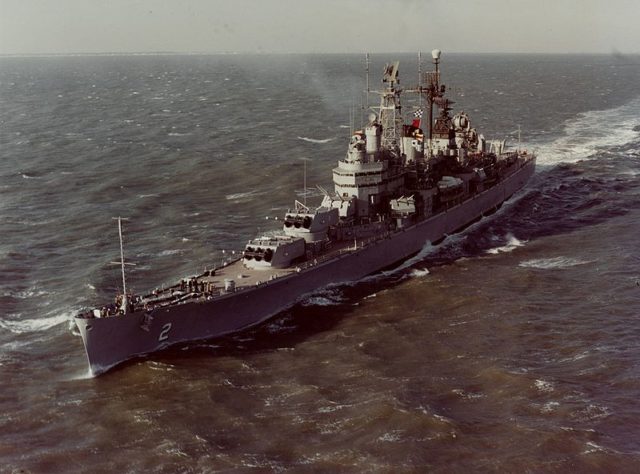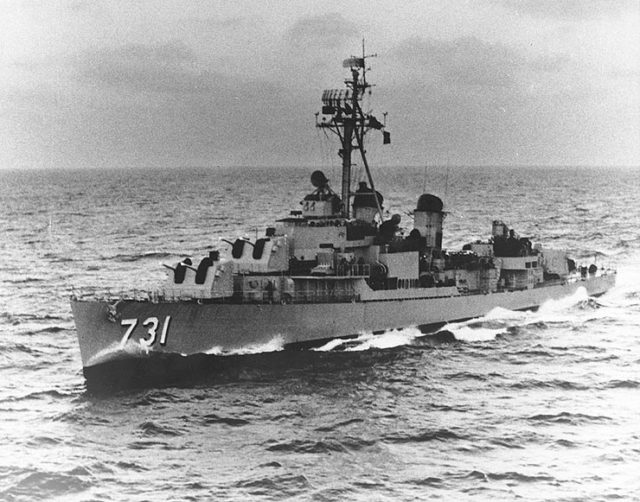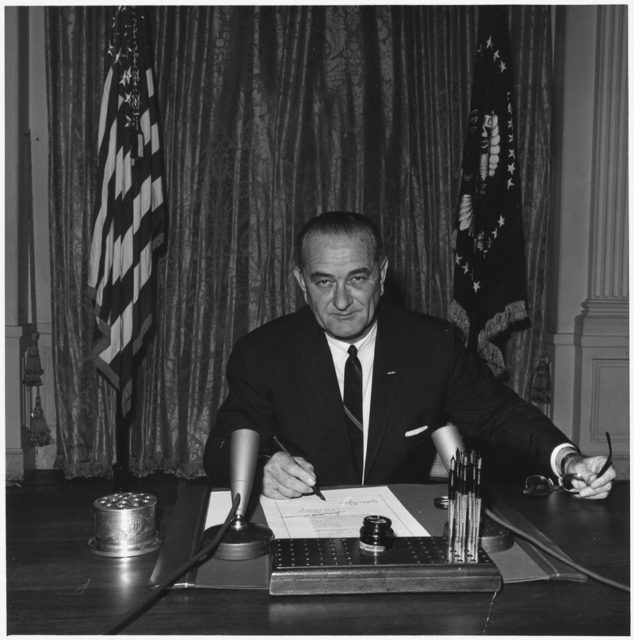Imagine that it’s the 1960s. You’re an American POW in a North Vietnamese camp, so you have two options:
If you want to live, you do whatever they say in return for better treatment – as a number did. The downside is that you become a traitor. Or you can remain loyal to your country and resist. The problem, of course, is that it’s bad for your health and greatly reduces your chances of survival.
There is, of course, a third option – pretend to be stupid, as one incredible man did.
Douglas Brent Hegdahl III was born on September 3, 1946, in Clark, South Dakota. He once told a reporter that he’d never been “east of his uncles’ Dairy Queen stand in Glenwood, Minnesota or west of his aunt’s house in Phoenix, Arizona.”
So when a Navy recruiter approached him in 1966, it was like a godsend since Hegdahl had always wanted to see Australia. What he got instead was boot camp in San Diego. As a concession, however, they assigned him to the USS Canberra (a city in Australia) before shipping him off to Vietnam.
To understand what happened next, we first have to backtrack. On August 2, 1964, three North Vietnamese Navy torpedo boats attacked the USS Maddox in the Gulf of Tonkin. The destroyer fought back, killing and injuring several North Vietnamese. Fortunately, no Americans were hurt. Two days later, it happened again.

Except that it never really did. In 2005, the National Security Agency’s declassified files showed that on August 2, the North Vietnamese were patrolling their own waters when the Maddox fired three warning shots at them to stay away – and that was it.
There was no skirmish, no damage, no injuries, and no dead. As for August 4, the two sides never even meet.
But that wasn’t the point. The Cold War was on, and America believed that if they let South Vietnam turn communist, the rest of Asia would follow suit. So on August 10, 1964, Congress passed the Gulf of Tonkin Resolution which authorized the escalation of US military involvement throughout Southeast Asia.
Which is why on March 2, 1965, they launched Operation Rolling Thunder – the mass carpet bombing of North Vietnam. By the time it ended on November 2, 1968, the country had lost some 18,000 soldiers and between 52,000 to 182,000 civilians (exact figures are still unknown). As for the country’s industry and infrastructure – poof!
With that as a background, Americans were probably the last thing that any North Vietnamese wanted to see. Bad news for Hegdahl, because on April 6, 1967, he was in the Gulf of Tonkin aboard the Canberra which was firing at targets on shore.

At around 3:30 AM Hegdahl woke up for his 4 AM mess duty shift. Despite the rough weather, the high seas, and the guns blazing, he stepped out on deck. Depending on whom he later told the story to, it was either to take a breath of fresh air or to chuck garbage off the fantail – both of which violated protocol.
Now there’s a very good reason for banning sailors from going top deck during gunnery operations – to prevent the possibility of them falling off. That is exactly what happened to Hegdahl.
Fortunately, he was a good swimmer. And while he may have forgotten protocol, he did remember his survival lessons. He removed his boots, bound them to his neck (in case he needed them on land), and stripped off his pants to make a life jacket.
It didn’t work. So he put them back on hoping to avoid sharks. Fortunately, he was found by North Vietnamese fishermen at around 6 PM. Unfortunately, they handed over to the authorities who began interrogating him.
It didn’t turn out well… for the North Vietnamese. Hegdahl exaggerated his country accent and manners, expressed fascination with their farms, and claimed that there were no water buffaloes in South Dakota.

Hoping to get a bit of propaganda from him, they told him to write something condemning the US. Hegdahl happily agreed, but there was a problem – he claimed to be illiterate. Having established his farming credentials, and considering how most Vietnamese farmers were illiterate, they believed him. So no propaganda… yet.
But hope springs eternal, so they got an English-speaking comrade to teach the American how to read and write. After a while, however, the man gave up. He claimed that Hegdahl was hopeless and gave him a new name – “The Incredibly Stupid One.”
So they wrote a confession about his war crimes, including that of shelling Ho Chi Minh’s home. He signed it in an illegible scrawl, making sure they added “Commanding Officer, USS Canberra.”
He was kept at The Plantation – a satellite camp of the Hanoi Hilton where most American POWs were kept. It was there that he met Joe Crecca – an Air Force Officer who was a master of mnemonic aids.
Hegdahl later became roommates with Captain Richard Allen Stratton who explained how all the POWs had made a vow – that either they all be released together or none at all. It didn’t take Stratton long to realize that his new roommate wasn’t quite the buffoon he pretended to be.

Convinced that he was hopelessly stupid, Hegdahl was allowed by the Vietnamese to roam the camp freely. When guards weren’t looking, he’d put dirt in gas tanks to disable vehicles. Claiming to be interested in communism, he asked for glasses so he could read about it.
He put them to good use by memorizing the layout of the camp and linking inmates to cellblocks. He also memorized the names of 256 POWs, their service, rank, social security number, and other personal details about them to the tune of “Old MacDonald Had a Farm.”
So when North Vietnam decided to release some POWs as a goodwill gesture on August 5, 1969, Stratton ordered Hegdahl to go. He refused, but the rest insisted.
In February 1970, the US held secret negotiations with North Vietnam about the possibility of ending the war. Hegdahl was there and used his memory to pressure the North Vietnamese into releasing their POWs.
Stratton and many others were released, all thanks to the “Incredibly Stupid One.”
